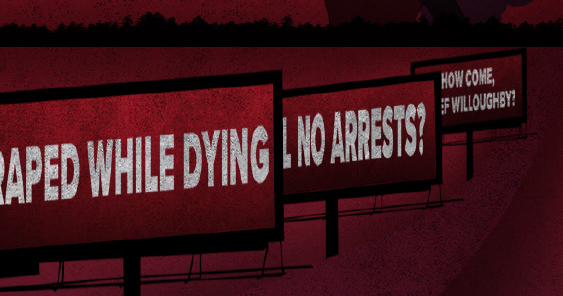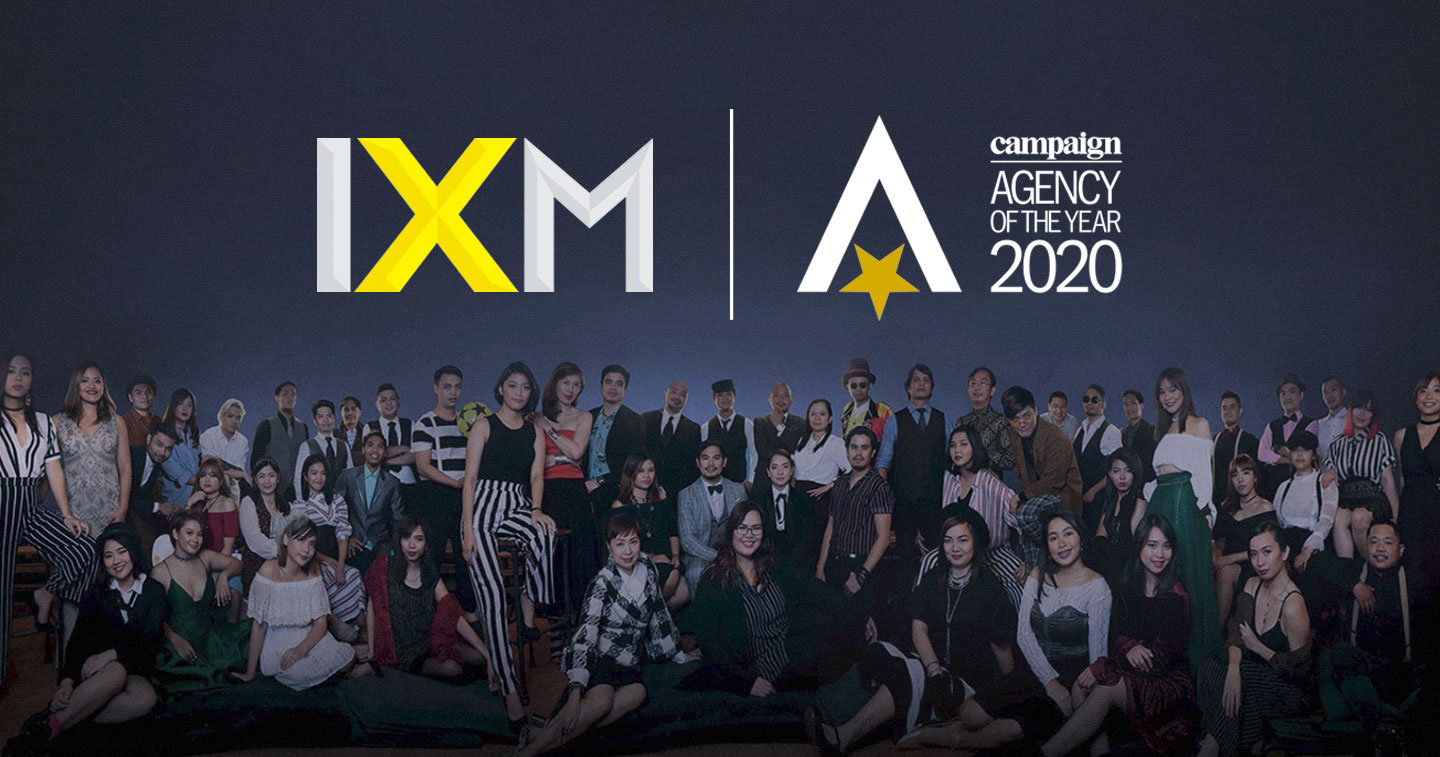Words by Michael O’Rourke
Several months have passed since the brutal rape and murder of a teenage girl shook a quiet town in Missouri’s Ozarks, but with no suspects or leads, interest in the crime has cooled—amongst the townsfolk and seemingly the police themselves. This does not sit well with Mildred Hayes, the hardened and acerbic mother of the victim, who goes to increasingly drastic lengths to find answers for her daughter.
Three Billboards Outside Ebbing, Missouri, the highly acclaimed drama penned and directed by Martin McDonagh, is more a tale of hollow rage and retribution than of redemption. Mildred Hayes, a role for which Frances McDormand earned her second Best Actress Oscar, is paradoxically both laser-focused in her mission and scattershot in her methods, lashing out at the sanguine Police Chief Willoughby (Woody Harrelson) and violent Officer Dixon (Sam Rockwell) with equal measure. Early in the film, Mildred has a flash of inspiration: she intends to shock the Ebbing police force and residents into action by renting and emblazoning the town’s billboards with messages that nobody could ignore—RAPED WHILE DYING / STILL NO ARRESTS? / HOW COME, CHIEF WILLOUGHBY?
I don’t wish to trivialize the gravity of this gripping film—the movie is about so much more than a bunch of antagonistic billboards on a country road—but as someone who works within the advertising industry, I cannot help be intrigued by the medium by which Mildred delivers her message. This is a modern movie, written and presented in contemporary times, and yet the humble billboard is the vehicle for the protagonist’s deep frustration. You would think that in 2018, a profanity-laced YouTube video—Mildred certainly has the chops for this—or a hard-hitting hashtag would help her plight “go viral”, exposing the perceived injustice and indifference to an entire country. Instead, she is inspired to use simple design and an old medium—the strip of billboards she rents has not been used for over 30 years—to effectively reach her audience. It’s a costly exercise for both her bank account and her soul, but it manages to stir the emotions and knock the complacency from her target, and really, isn’t this exactly what great advertising is supposed to accomplish?
The fictional billboards of the film have also inspired some real-world attempts to reignite issues that certain powers that be have appeared to ignore. Last February, a trio of similarly designed billboards were paraded around London in order to demand accountability for last year’s horrific Grenfell Tower inferno that claimed the lives of several dozen primarily low-income individuals. 71 DEAD / AND STILL NO ARRESTS? / HOW COME? And after the Parkland school massacre, when it appeared that yet another U.S. mass shooting would quickly fade from public consciousness, three billboards parked outside of the offices of Marco Rubio, a Florida Senator and recipient of significant donations from the pro-gun National Rifle Association. SLAUGHTERED IN SCHOOL / AND STILL NO GUN CONTROL? / HOW COME, MARCO RUBIO? Admittedly, these two samples also take advantage of the viral nature of technology; the omnipresence of social media allowed them to jump from London and Miami and into my Twitter and Facebook feeds. Nevertheless, the power of a decades-old medium cannot be denied.
By movie’s end, justice still eludes Mildred Hayes. Death and fiery destruction come to Ebbing, Missouri, and only Chief Willoughby finds solace, albeit in a fleeting and final manner. However, if advertising professionals can take one lesson away from Three Billboards Outside Ebbing, Missouri, perhaps it’s that in a world of technological touchpoints, data-driven decisions and endless navel-gazing, sometimes it pays to be as simple as a sledgehammer.
About the Author:

Michael O’Rourke was appointed by The One Club for Creativity, a global renowned non-profit organization on advertising and design as Executive Director in charge of the ADC awards and programming.
This article was published in the adobo magazine Trends 2018 issue.








